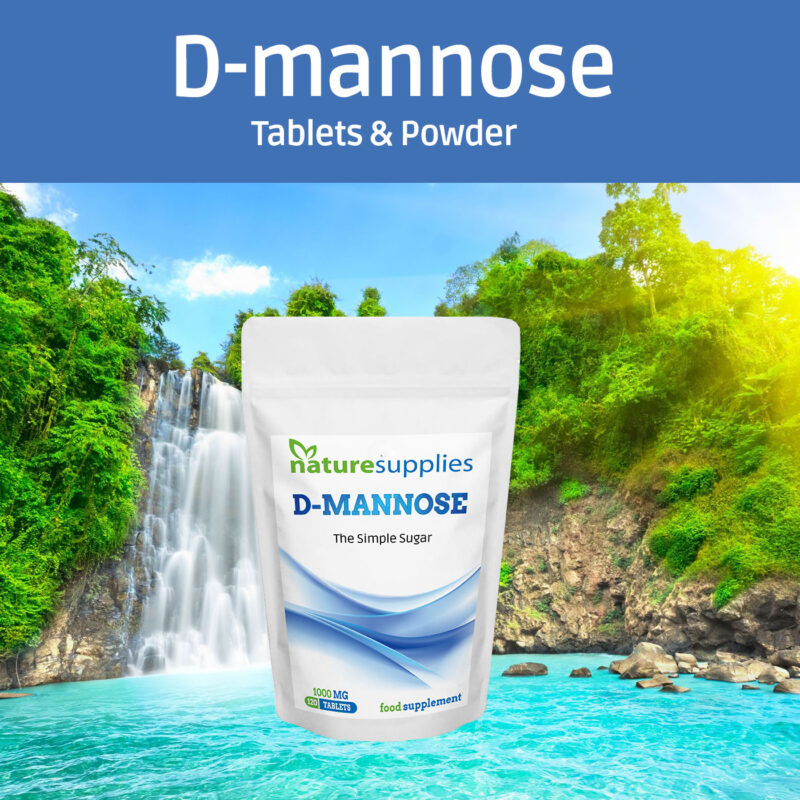ANSWER: A 2013 study examined D-mannose in over 300 female canines with recurrent UTIs. Over 6 months, D-mannose performed nearly as well as the antibiotic nitrofurantoin in preventing UTIs.
D-mannose was compared to the antibiotic trimethoprim / sulfamethoxazole in a 2014 trial of 60 dogs for treating and preventing frequent UTIs. D-mannose alleviated UTI symptoms in dogs with active infections. It was also more effective than antibiotics in preventing secondary infections.
The d-mannose sugar competitively binds to mannose-fimbriae on certain E coli strains, thereby inhibiting adhesion to the uroepithelium.55 There are little data available for other bacteria that may express mannose fimbriae.
An extrapolated anecdotal dose for dogs is one-quarter teaspoon per 20 pounds 3 times daily.
or
The appropriate dosage of D-Mannose for a dog with a UTI can vary based on several factors, including the size and weight of the dog, as well as the severity of the infection. As such, it is important to consult with a veterinarian before administering D-Mannose to your dog.
In general, the recommended dosage of D-Mannose for dogs is 500mg per 10 pounds of body weight, given twice daily. It is important to ensure that the D-Mannose is pure and free from any additives or fillers, as these can be harmful to your dog’s health.
It is also important to note that while D-Mannose can be a helpful supplement in supporting urinary tract health, it should not be used as a substitute for veterinary care. If your dog is experiencing symptoms of a UTI, such as frequent urination, straining to urinate, or blood in the urine, it is important to consult with a veterinarian as soon as possible to ensure proper diagnosis and treatment.

